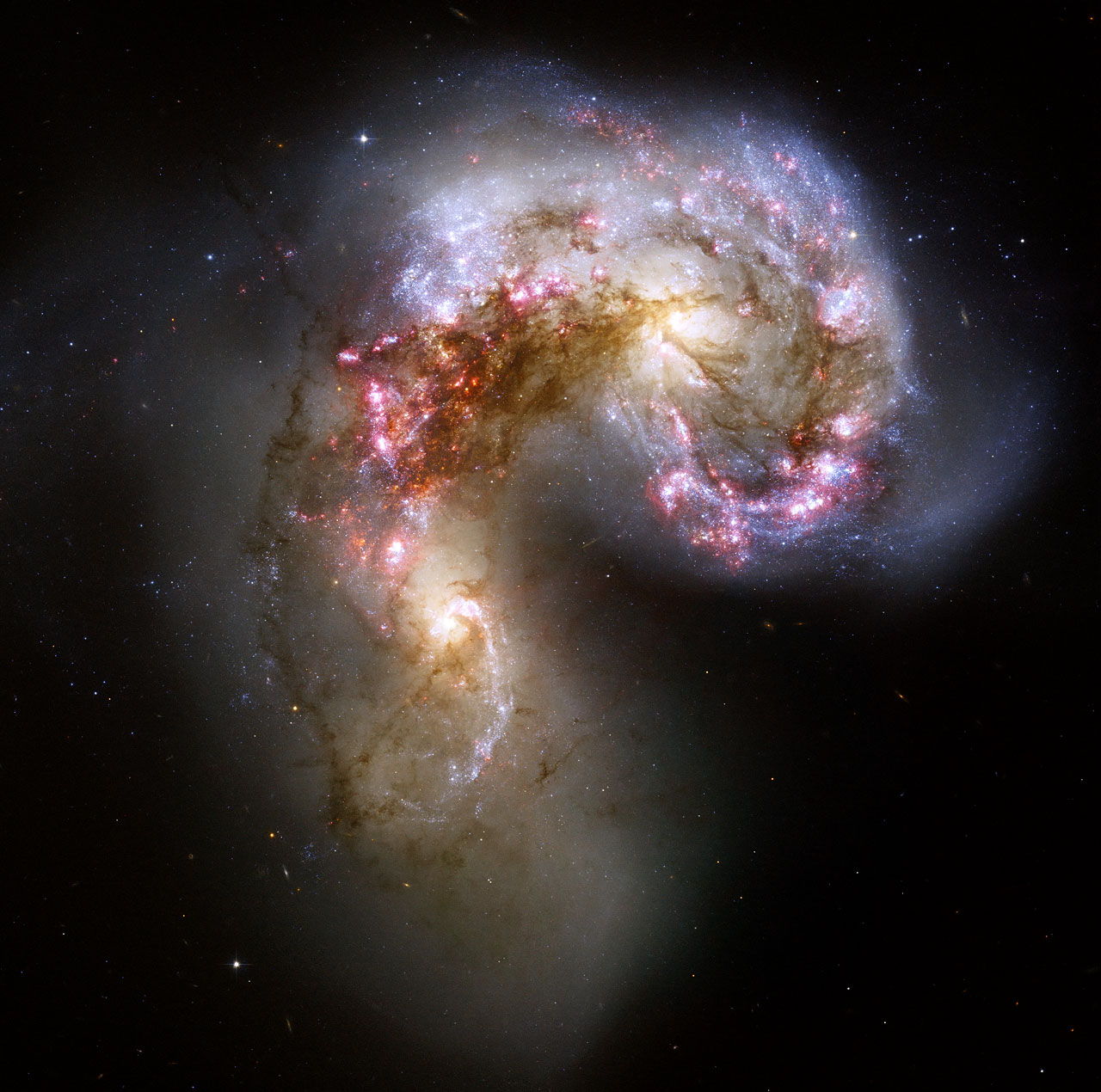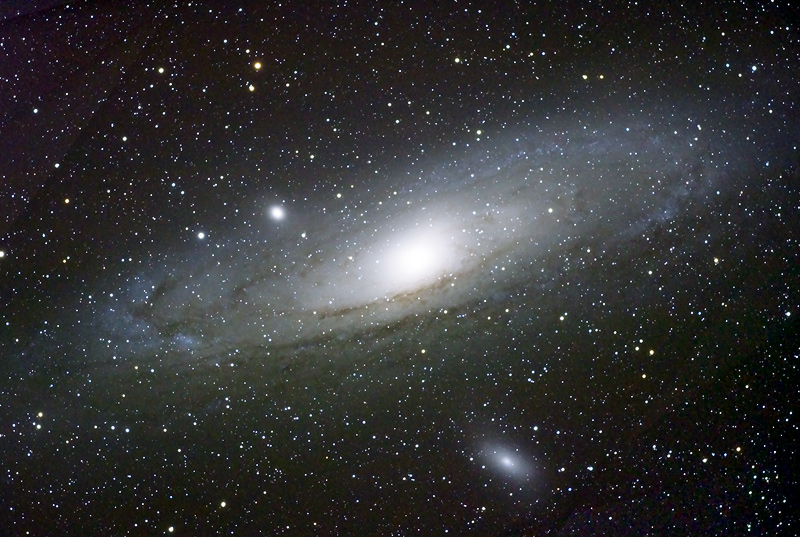What Can Astrophysics Teach Us About Love?

Far away from the city lights, on a cloudless night, it’s amazing what the star filled sky looks like and the passion it inspires. What can astrophysics teach us about love?
We are born out of nothingness and return to nothingness, moving in our time on this earth through both random and somewhat predictable interactions with strangers, families, friends and lovers. At times we are drawn inexplicably towards someone – almost by accident. In other cases our trajectories follow well foreseen paths, rising and falling through the milestones of coupling and decoupling, love and loss.
So too do the galaxies, stars and planets. Black holes have an innermost stable circular orbit. If you get too close, you inevitably plunge in. When two black holes merge, they become one forever. Galaxies do indeed collide. It takes millions of years, but that’s fast compared to the age of the universe. And in our own lifetimes, we collide, and these moments are fleeting but they redefine us forever.

When galaxies collide they can sometimes strip off each other’s gas and dark matter. The galaxies have a profound effect on each other. This image shows the M31 galaxy, another example of galactic interactions. Courtesy of NASA, ESA.
The Physics of Connection
Just as galactic tides create gravitational forces that can distort and reshape entire galaxies, so too do our human connections create invisible forces that pull us toward each other. The gravitational pull of human connection is not just metaphorical – it’s a fundamental force that shapes our lives.
In my song “Like Galaxies Colliding”, I explore this cosmic metaphor for human relationships. Around the campfire we huddled for warmth and filled the night with our own song – a moment of connection that, like a galactic collision, can change everything.
The Inevitability of Collision
The universe teaches us that collision is not just possible, but inevitable. Given enough time and the right conditions, even the most distant objects will eventually meet. So too with human hearts – when the conditions are right, when the gravitational pull becomes strong enough, we find ourselves drawn together in ways that seem both random and predestined.
The beauty of these cosmic collisions is that they don’t just destroy – they create. New stars are born from the chaos of galactic mergers. New possibilities emerge from the collision of human lives. We are not diminished by these encounters, but transformed.
For more musings on the intersection of science and emotion, explore the music page or listen to “Like Galaxies Colliding” to hear how these cosmic themes translate into song.